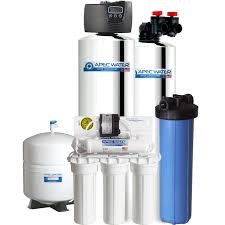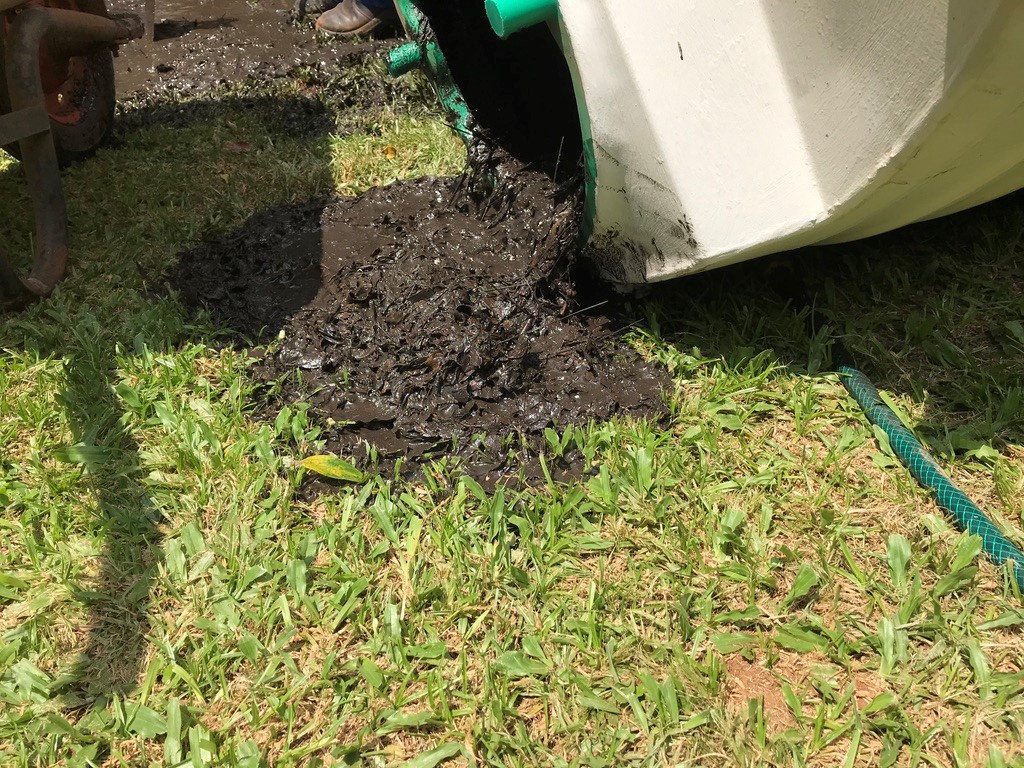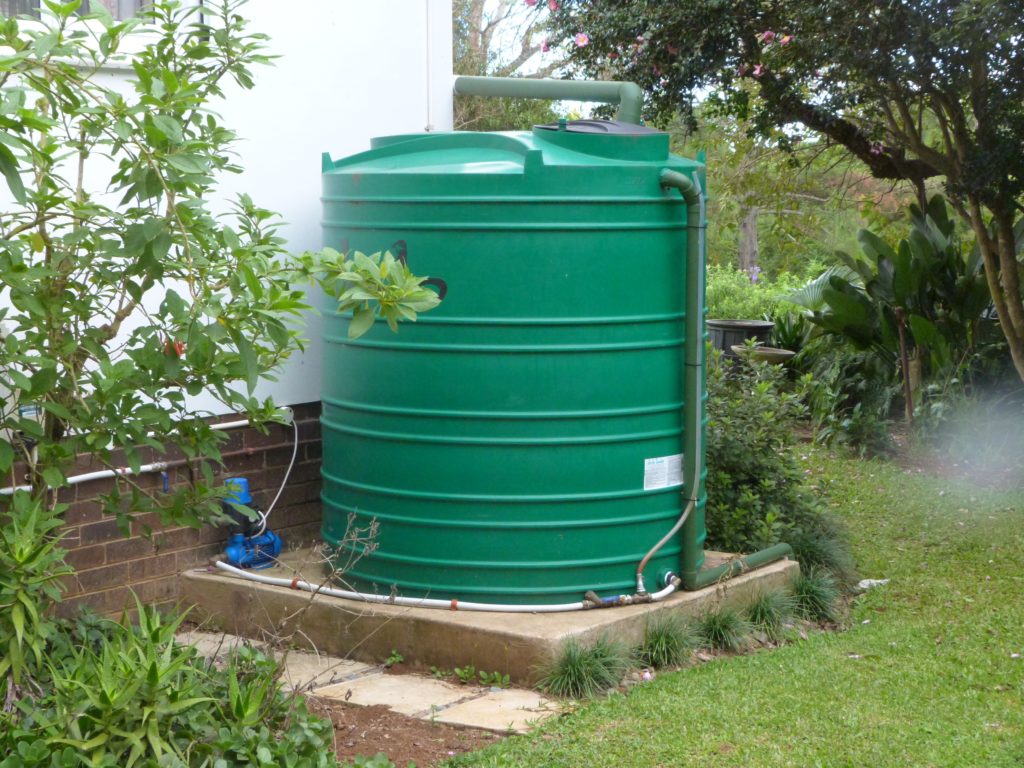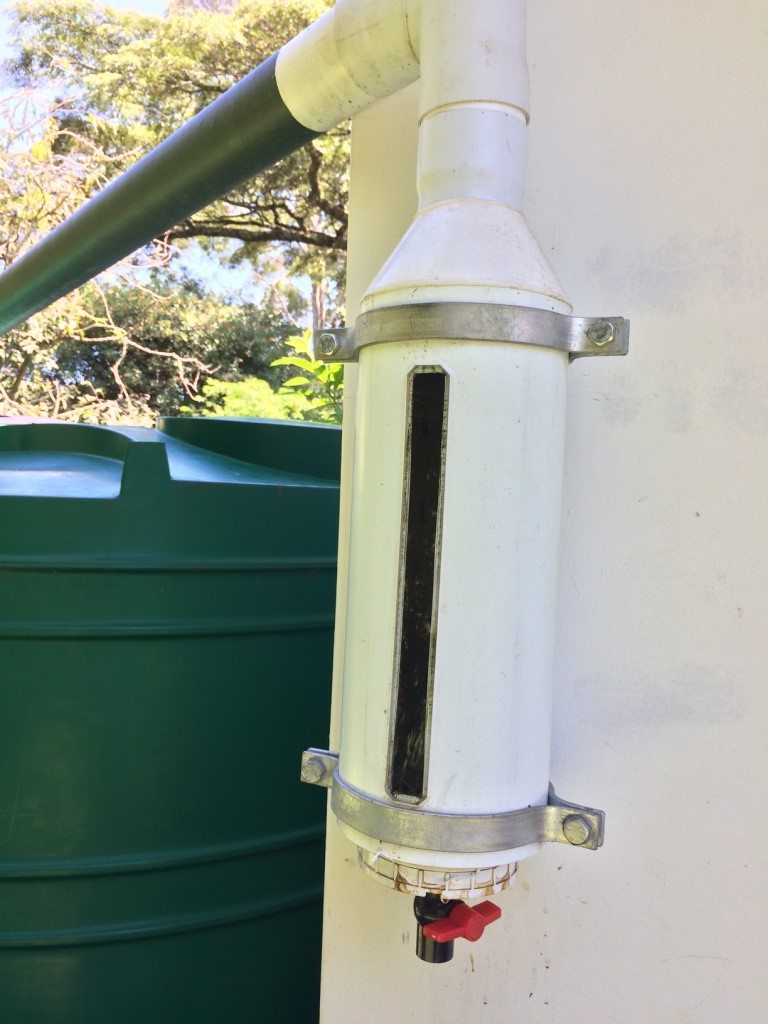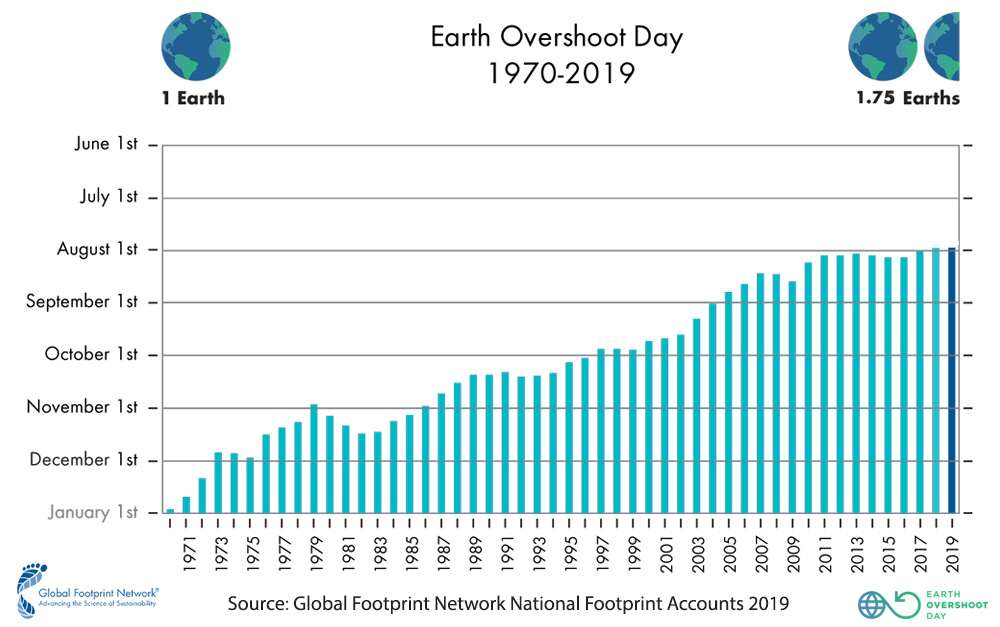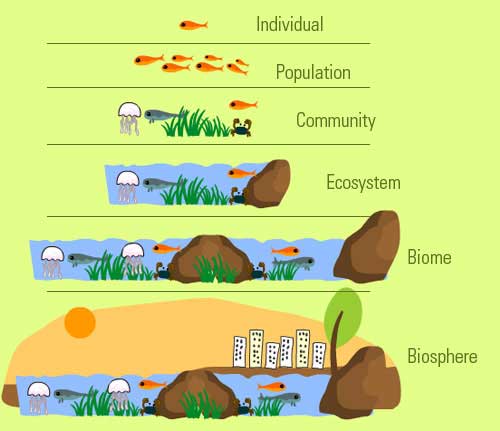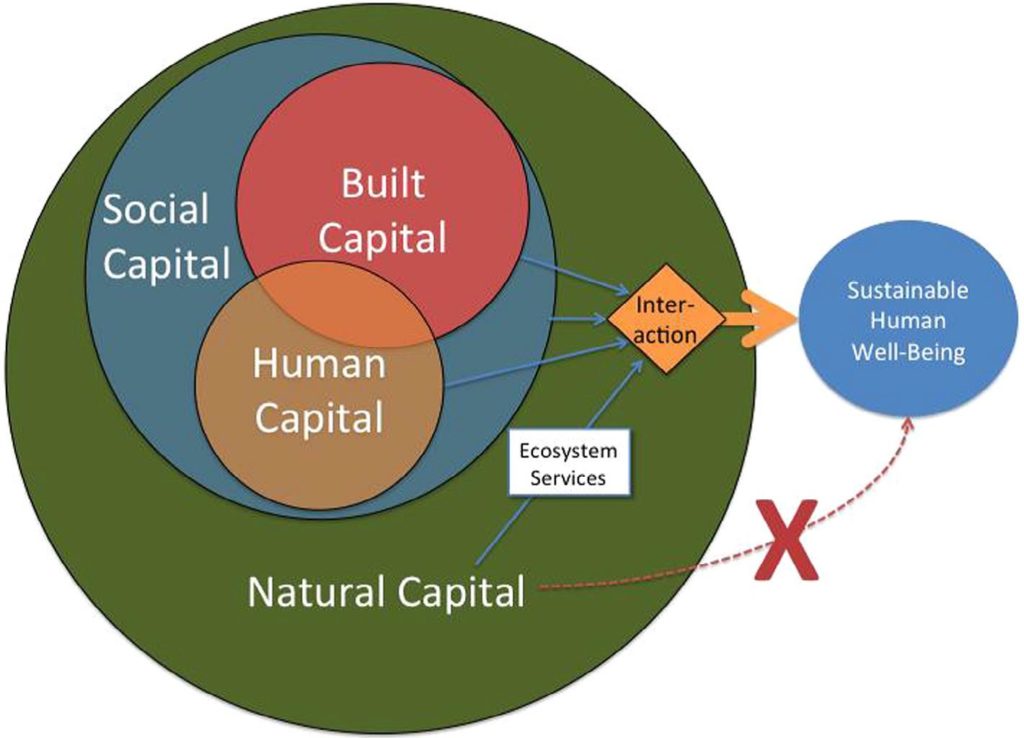Ecosystems Services – what are they and why are they so important?
By Arend Hoogervorst
Ecosystem Services?
Ecosystem services are services
provided by natural capital (“Nature” or “the environment”- see Explanations
below) that support life on earth and are essential to the quality of human
life and the functioning of the world’s economies. For example, forests help
purify air and water, reduce soil erosion, regulate climate and recycle
nutrients.
Ecosystem
services are the benefits provided by ecosystems that contribute
to making human life both possible and worth living. Examples of ecosystem
services include products such as food and water, regulation of floods, soil
erosion and disease outbreaks, and non-material benefits such as recreational
and spiritual benefits in natural areas. The term ‘services’ is usually used to
encompass the tangible and intangible benefits that humans obtain from
ecosystems, which are sometimes separated into ‘goods’ and ‘services’.
The use of the term “natural
capital” is developed from “capital” used in economics and human financial
systems. It is a means of drawing human and environmental systems closer
together and to encourage more integration in thinking and practice. Some have
said that ecosystem services thinking is a means of placing a monetary value on
“the environment”, although the mechanisms are currently imperfect and
incomplete.
Explanations
Ecosystems
In
terms of “Nature”, an ecosystem is a biological community of interacting
organisms and their physical environment; for example, “the marine ecosystem of
the northern Gulf had suffered irreparable damage”. In broader, “non-natural”
terms, an ecosystem is a complex network or interconnected system; for example,
“Silicon Valley’s entrepreneurial ecosystem”.
Ecosystem
services
Ecosystem services are the conditions and processes through which natural ecosystems, and the species that make them up, sustain and fulfill human life. They maintain biodiversity and the production of ecosystem goods.
Natural
capital
Natural
capital can be defined as the world’s stocks of natural assets or environmental
resources which include geology, soil, air, water and all living things. It is
from this natural capital that humans derive a wide range of services, often
called ecosystem services, which make human life possible.
Built
capital
Built
Capital is defined as any pre-existing or planned formation that is constructed
or retrofitted to suit community needs. (In other words, it is any human-made
environment.)
Human
capital
Human
capital is the stock of knowledge, habits, social and personality attributes,
including creativity, embodied in the ability to perform labour so as to
produce economic value.
Social
capital
Social
capital broadly refers to those factors of effectively functioning social
groups that include such things as interpersonal relationships, a shared sense
of identity, a shared understanding, shared norms, shared values, trust,
cooperation, and reciprocity.
Sustainability
Sustainability
means that a process or state can be maintained at a certain level for as long
as is wanted.
Sustainable
development
Sustainable
development is development that meets the needs of the present without
compromising the ability of future generations to meet their own needs.
The concept of ecosystem services
considers the usefulness of nature for human society. The economic importance
of nature was described and analysed in the 18th century, but the term,
ecosystem services, was only introduced in 1981 through the work of ecologists
such as Paul Erlich and HE Daly. In the latter part of the 20th
Century, the observation of significant and extended damage to ecosystems caused
by human impacts began to highlight the ‘real’ role of ecosystem services,
resulting in more study and focus.
Be aware that ecosystems have
different functioning levels (See figure 1) and for the sake of clear explanation,
this article focuses on high level discussion. The figure demonstrates the
different functioning levels that occur in typical ecosystems.
Figure 1: levels of organisation in an ecosystem
Source: eSchooltoday
Ecosystem Capital
Figure 2 (developed by Costanza
et. al.) below illustrates the interrelationships between the different types
of capital in the environment. Built Capital
represents the built environment (human and non-human), Human Capital represents the knowledge, habits, social and
personality attributes, including creativity, embodied in the ability to
perform labour and Social capital
represents the factors of effectively functioning social groups that include
such things as interpersonal relationships, a shared sense of identity, a
shared understanding, shared norms, shared values, trust, cooperation, and
reciprocity, all of which are contained within Natural Capital. The interaction
of some or all of these different forms of capital contributes towards the goal
of sustainable human well-being and is enhanced by ecosystem services.
Figure 2 – Interrelationships
between different types of Natural Capital
Ecosystem Services
Classification
Ecosystem services have been classified in various ways,
including:
- ‘Functional
groupings’, such as regulation (controls e.g. climate), carrier (e.g.
pollination and seed transport), habitat, production (e.g. food), and
information services
- ‘Organisational
groupings’, such as services associated with certain species that regulate
external inputs into a system, and those related to the organisation of biological
entities
- ‘Descriptive
groupings’, such as renewable resource goods, non-renewable resource goods,
physical structure services, biotic services, biogeochemical services,
information services, and social and cultural services.
Functional Grouping
The most widely adopted
classification is the ‘functional grouping’ where ecosystem services are
divided into four categories. Some
overlap occurs between categories but the four main groupings include:
- Provisioning
services which are the products that are obtained from ecosystems, such as:
genetic resources, food, water, fuel, bio-chemicals, fibre, natural medicines,
pharmaceuticals, and building materials.
- Regulating
services which are the benefits obtained from the regulation of ecosystem
processes. These include: climate regulation, water regulation and
purification, air quality maintenance, erosion control, waste treatment,
regulation of human diseases, biological control, pollination, and protection
from extreme weather and climatic events.
- Cultural
services which are nonphysical benefits that humans obtain from ecosystems
through spiritual enrichment, cognitive development, reflection, recreation,
and aesthetic experiences. These
services are connected to human behaviour and values, as well as institutions
and patterns of political, social and economic organisation. Cultural services include: cultural
diversity, spiritual and religious values, knowledge systems, educational
values, inspiration, aesthetic values, social relations, sense of place,
cultural heritage values, and tourism.
Spaceship Earth
It
is important to recognise that humans are integral elements of global
ecosystems and that dynamic interactions take place between them and other
parts of ecosystems. The ever changing human condition drives ecosystem change
directly and indirectly, thereby bringing about changes in human well-being.
Concurrently, economic, cultural and social factors, independent from
ecosystems, influence the human condition, and natural forces shape ecosystems.
Ecosystem
services influence human well-being, which is assumed to possess multiple
constituents, including: basic materials to support a good quality of life,
such as secure and adequate livelihoods, ample food, shelter, clothing, and
access to goods; health, including well-being, a healthy physical environment,
such as clean air and water; good social relations, which includes social
cohesion, mutual respect, the means to assist others and provide for children;
security, including secure access to resources, personal safety, and protection
against natural and human induced disasters; and freedom of choice and action,
which are the opportunities that enable individuals to achieve what they value
doing and being.
The
earth is not an “infinite resource” and it is important to recognise that
polluting or damaging our “Spaceship” or not respecting its needs and
limitations could have significant impacts upon its ability to sustain our
lives in the future. As the earth’s human population continues to grow
exponentially, future problems affecting the survival of human beings can be
expected as various ecosystems services begin to break down, fail and become
less sustainable.
Ecosystem Disservices
Ecosystem management, in some
cases, may lead to possible ecosystem disservices. Examples of disservices can include:
increased prevalence of allergens; promoting invasive species; hosting
pathogens or pests; inhibiting human mobility or safety; bringing about
cultural and psychological effects that negatively impact human well-being; or
increasing the necessity for using natural resources (i.e. water) or chemicals
(i.e. pesticides and fertilisers).
Supporting Services
Supporting services are those
which are necessary for the production of all other ecosystem services. They differ from other services as their
impacts on humans are indirect, or occur over a long time period. Some services, such as erosion control, can
be categorised as a supporting and regulating service (depending on the time
scale and immediacy of their impact on humans).
Examples of supporting services include: production of atmospheric
oxygen (through photosynthesis), primary production, soil formation and
retention, nutrient cycling, water cycling and provisioning of habitat.
Direct and Indirect
Services
Some ecosystem services involve
the direct provision of material and non-material goods to people and depend on
the presence of particular species of plants and animals, for example, food,
timber, and medicines. Other ecosystem services arise directly or indirectly
from the functioning of ecosystem processes. For example, the service of
formation of soils and soil fertility that sustains crop and livestock
production depends on the ecosystem processes of decomposition and nutrient
cycling by soil micro-organisms.
Stricter Focus
Some scientists have advocated a
stricter definition of ecosystem services as only the components of nature that
are directly enjoyed, consumed, or used in order to maintain or enhance human
well-being. Such an approach can be useful when it comes to ecosystem service
accounting and economic valuation. This is because some ecosystem services
(e.g. food provision) can be quantified in units that are easily comprehensible
by policy makers and the general public. Other services, for example, those
that support and regulate the production levels of crops and other harvested
goods, are more difficult to quantify. If a definition based on accounting is
applied too strictly there is a risk that ecosystem service assessment could be
biased toward services that are easily quantifiable, but with inadequate
consideration of the most critical ones for human well-being.
Debate and
Publications
The concept of ecosystem services
has prompted an increasing number of academic publications, international
research projects, and policy studies. It is a subject of intense debate in the
global scientific community, from the natural to social science domains. It is
also used, developed, and customised in policy debates and considered, if in a
still somewhat sceptical and apprehensive way, in the “practice” domain—by
nature management agencies, farmers, foresters, and the corporate world. This
process of bridging evident gaps between ecology and economics, and between
nature conservation and economic development, has also been noted in the
political arena, including in the United Nations and the European Union.
Areas of Discussion
The concept appears in four major discussions:
- Academic:
the ecological versus the economic dimensions of the goods and services that
flow from ecosystems to the human economy; the challenge of integrating
concepts and models across this paradigmatic divide;
- Social:
the risks versus benefits of bringing the utilitarian argument into political
debates about nature conservation (Are ecosystem services good or bad for
biodiversity and vice versa?);
- Policy
and planning: how to value the benefits from natural capital and ecosystem
services (Will this improve decision-making on topics ranging from poverty
alleviation via subsidies to farmers to planning of grey with green
infrastructure to combining economic growth with nature conservation?); and
- Practice:
Can revenue come from smart management and sustainable use of ecosystems? Are
there markets to be discovered and can businesses be created? How do taxes
figure in an ecosystem-based economy? The outcomes of these discussions will
both help to shape policy and planning of economies at global, national, and
regional scales and contribute to the long-term survival and well-being of
humanity.
Final Thoughts
“Ecosystems services” is a
concept which may help to bridge the gap between the traditional economists
(“Air soil and water are “free” goods which must be freely accessible to all.”)
and multi-disciplinary decision makers (“There’s no such thing as a “free”
lunch.”). After 20 years, the concept is still being hotly debated at many
levels. It has perhaps resulted in the beginnings of consensus that there is need
for a new economic paradigm which puts “Nature” at its core. It certainly is
beginning to walk hand-in-hand with the “People, Planet and Prosperity” themes
that emerged from the World Summit on Sustainable Development (WSSD) held in
Johannesburg in 2002 and the subsequent UN Sustainable Development goals. There
is no doubt that current economic systems and thinking needs to be changed to
cope with the 21st century issues that need to be faced.
Note
This article is designed to
provide basic explanations and stimulate thought rather than going into excessive
detail. Other authors have written tomes on ecosystem or nature services and
there are many academic articles of different viewpoints on this subject. For
the sake of brevity, this author has applied his view on certain elements of
the topic for which he takes full responsibility.
References
Braat, L.C., Mar 2016. Framing
Concepts in Environmental Science, Policy, Governance, and Law, Management and
Planning, Sustainability and Solutions, Online Publication.
Brundtland Commission, 1987.
“Report of the World Commission on Environment and Development”. United Nations.
Daly, G.C., 1997. Nature’s
Services: Societal Dependence on Natural Ecosystems. Island Press.
Costanza, R., de Groot R., Braat
L., Kubiszewski I., Fioramonti L., Sutton P., Farber S., and Grasso M., 2017.
Twenty Years of ecosystem services: How far have we come and how far do we
still need to go? Ecosystems Services, 28, 1-16.
De Groot, R.S., Wilson, M.A.
& Boumans, R.M.J., 2002. A typology for the classification, description and
valuation of ecosystem functions, goods and services. Ecological Economics, 41,
393–408.
Norberg, J., 1999. Linking
Nature’s services to ecosystems: some general ecological concepts. Ecological
Economics, 29, 183–202.
Moberg, F and Folke, C., 1999.
Ecological goods and services of coral reef ecosystems. Ecological Economics, 29,
215–233.
Tyler Miller, G & Spoolman,
S.E., 2018. “Living in the Environment”. 19th Edition, Cengage Learning.



